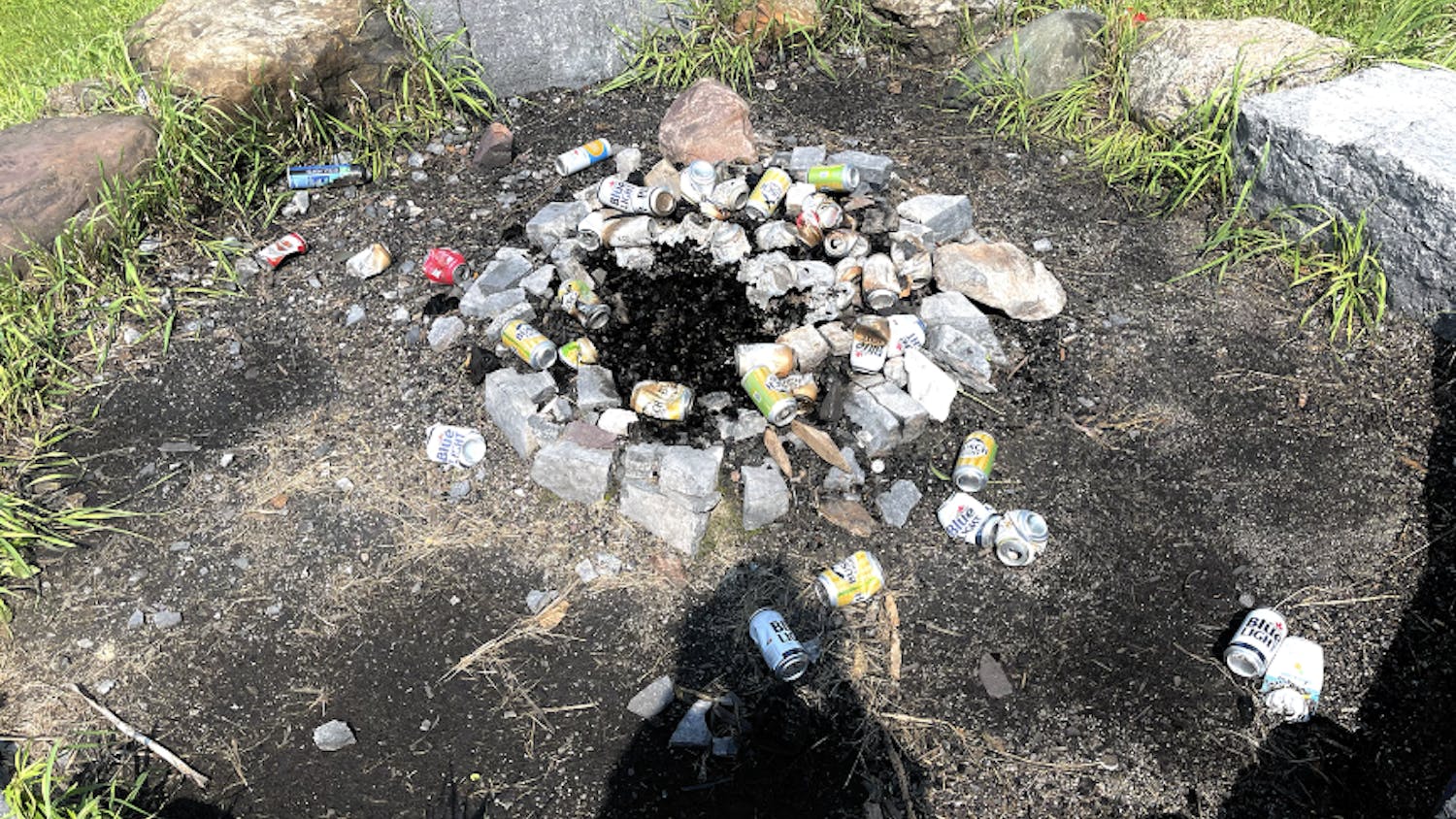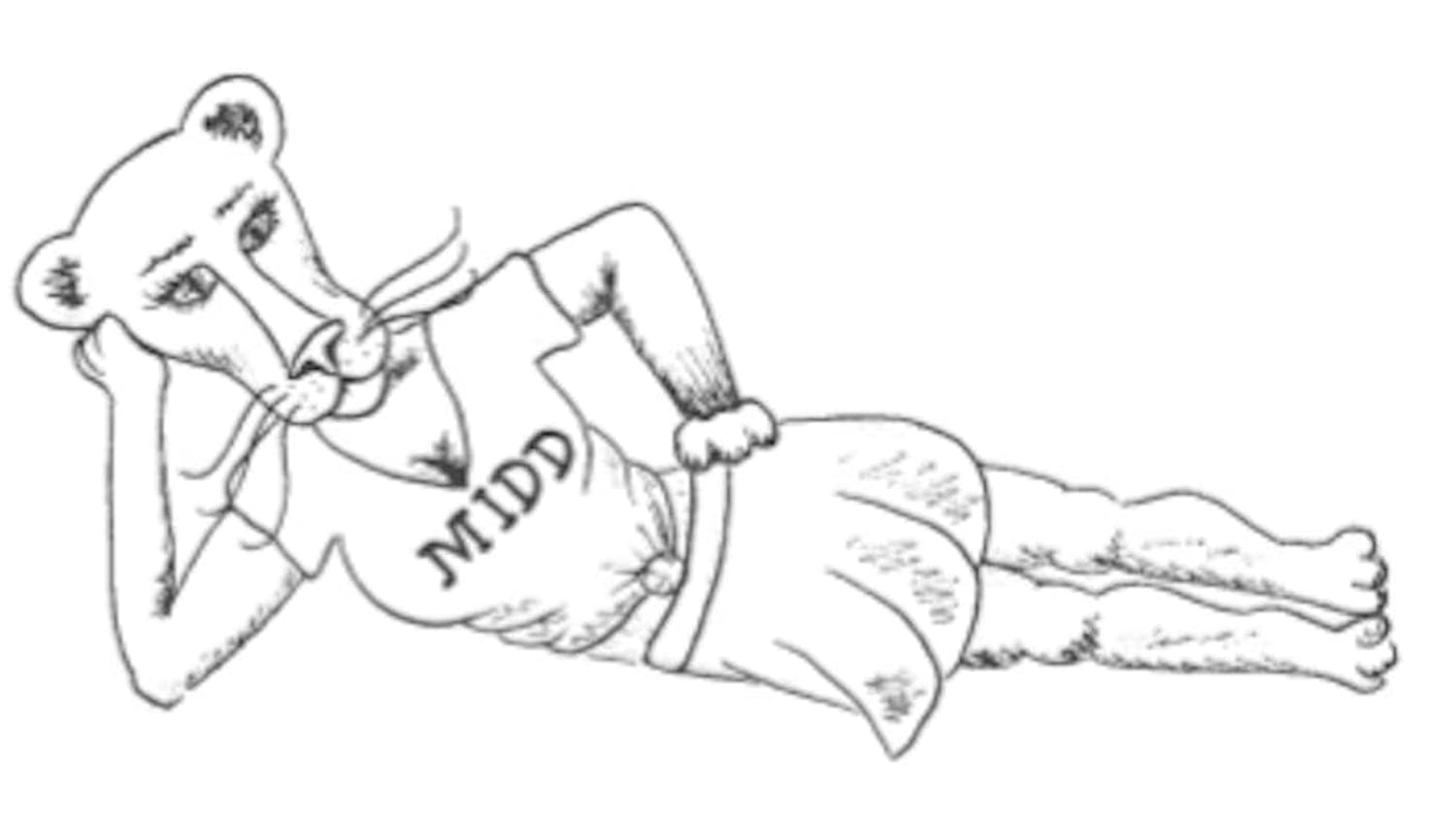Author: Ashley Elpern Editor-in-Chief
The Academic-Athletic Divide
Gaining admission to competitive colleges is becoming increasingly difficult, but as the recent study commissioned by the presidents of the New England Small College Athletic Conference (NESCAC) reveals, student athletes targeted by NESCAC colleges and universities receive a disproportionate number of acceptances compared to the regular student applicant pool. The study also touched on the academic achievement of "high profile recruited athletes" once they matriculate, finding that 75 percent are in the bottom third of their class.
Perhaps the most striking aspect of the report is the doubt it casts on the quality of the student body at NESCAC institutions. The results point to an athletic recruitment policy that may prevent more academically qualified students from gaining admission.
In publishing these admissions statistics, NESCAC member schools should commit themselves to addressing the effectiveness of their admissions practices, including an in-depth examination of the recruiting process. It is important to note, however, that the report averages the statistics of the 11 NESCAC member schools. Middlebury therefore remains uncertain of where it stands in relation to the other 10 schools.
While key administrators have had a copy of the 31-page report since Oct. 5, its results have not been released to the broader community until now, and without cooperation from the administration. Given the uncertainty of Middlebury's statistical standing within this report, The Middlebury Campus calls on the administration to closely reassess the admissions policy.
An effective manner of approaching this is to empower a committee comprised of students, faculty and staff that would dedicate itself solely to studying our admissions policy. Releasing admissions data specific to Middlebury to a select group or committee could begin an open discussion of this heated issue.
The administration might also consider releasing the data to the Student Government Association, an organization that could play an important role in engaging the student body in a discussion of admissions and athletic policy. Possibilities for presenting these issues to a wider audience include forums, debates or panel discussions. By empowering the College community to take control of the issues and to meet them head on, much can be done to bring the campus together and to raise awareness of possible over-recruitment of athletes.
It is essential that students have a voice in this process of evaluation because it relates to the makeup of the student body, something that greatly impacts the experiences that students have while at Middlebury. Not only are students affected by these policies, but faculty members could possibly see a decline in student interest and initiative with declining academic qualification. The report confirmed suspicions previously stated in The New York Times Magazine, but until now our administration, and most likely the administrations at our peer institutions, are keeping both students and faculty in the dark. By choosing to accept such a large number of recruited athletes, the academic quality at NESCAC schools may be compromised and qualified students may not be receiving the treatment they deserve. For these reasons, it is imperative that the Middlebury community has access to relevant statistics in our admissions process.
Editorial - The Academic-Athletic Divide
Comments



